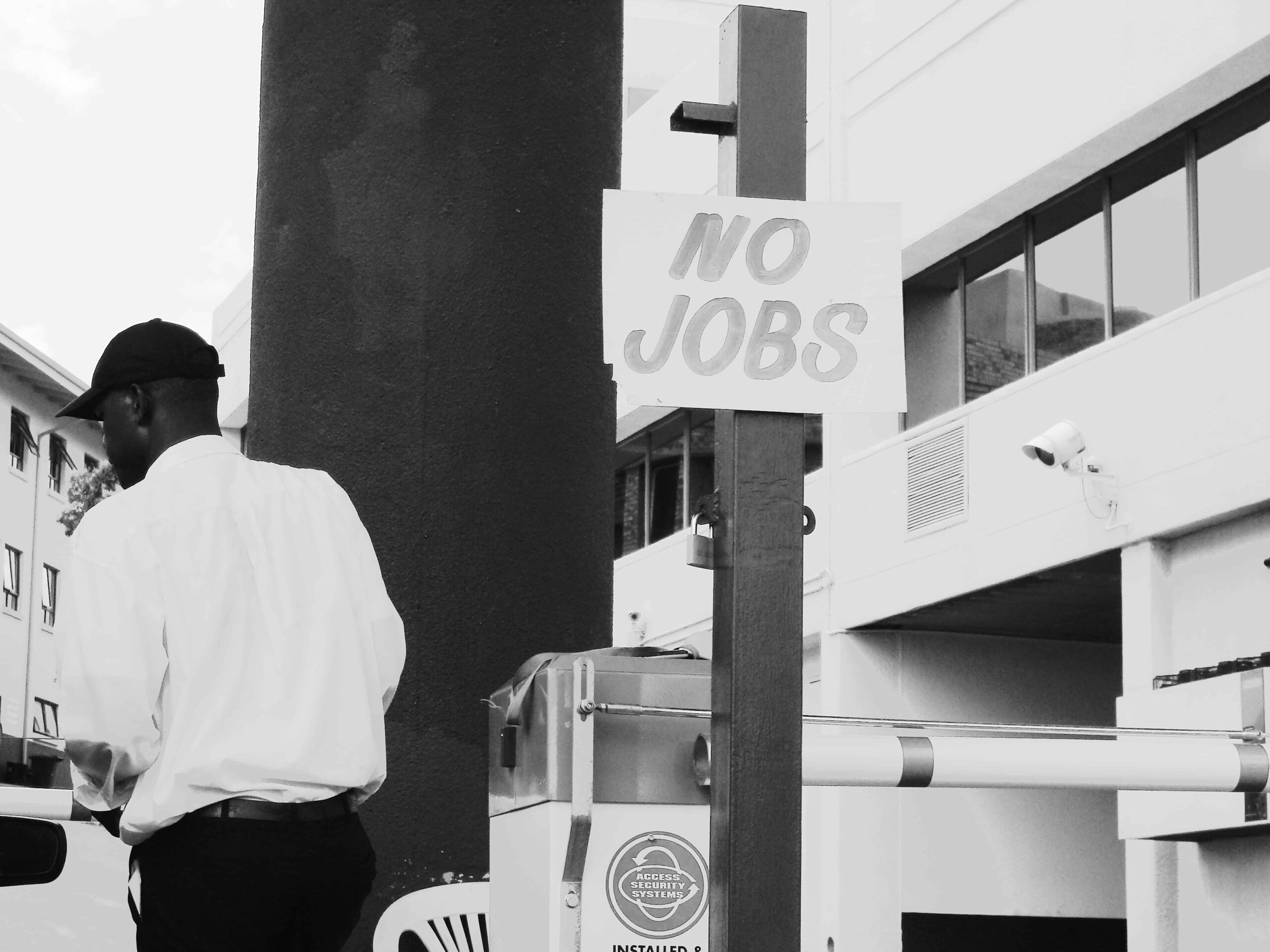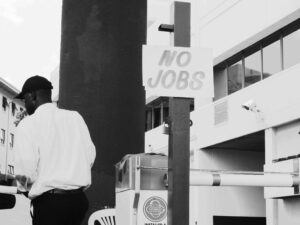Many U.S. regional lenders may have to consider selling off commercial real estate (CRE) loans at a steep discount after breaching key regulatory thresholds for exposure to the troubled sector, according to new data and market sources.
Regional banks, the largest lenders to the beleaguered U.S. CRE and construction markets, have reduced their exposure to the sector by tightening standards and making fewer loans, especially in the weeks after the collapse of Silicon Valley Bank [RIC:RIC:SIVBV.UL], Signature Bank and First Republic Bank.
Their tightening comes as many real estate borrowers face challenges making interest payments in a rising interest rate environment, while office use has declined and property values have decreased on recession concerns.
Still, previously unreported data from New York-based real estate data provider Trepp, shared with Reuters, show many regional banks’ holdings exceed thresholds stipulated by regulators.
Banks whose CRE or construction loan holdings exceed 300% and 100% of their total assets, respectively, should expect to receive greater regulatory scrutiny, according to 2006 guidance from the Federal Deposit Insurance Corporation and other regulators.
A Trepp study of 4,760 banks’ public regulatory data published late Tuesday found that 763 have either a CRE or construction loan concentration ratio that exceeded these thresholds.
Some 30% of banks with $1 billion to $10 billion in assets had exceeded at least one ratio, while 23% of banks with assets of $10 billion to $50 billion exceeded at least one ratio.
While big banks have recently warned about CRE exposure, the new Trepp data underscores how acute and widespread the problem is across the banking sector.
HESITANCY TO LEND
“If you are exceeding those concentration ratios today – given the backdrop of concerns about (CRE) – there’s probably going to be a lot of hesitancy to continue” lending, said Stephen Buschbom, Trepp’s research director.
The regulatory guidance requires that banks exceeding these thresholds “should employ heightened risk management practices,” including potential sales of specific loans.
PacWest, which on May 3 announced it was considering a potential sale, exceeded both the CRE and construction loan thresholds as of the first quarter, at 328% and 126% respectively, according to Trepp data.
Meanwhile, New York Community Bancorp and Flagstar Bank [RIC:RIC:FBCANK.UL] were among the top five banks listed by Trepp that exceeded the CRE loan threshold. The banks merged in December last year but continue to report their finances separately.
Other banks that exceeded one or both ratios include Valley National Bancorp, East West Bank [RIC:RIC:EWBCW.UL], Synovus Bank, Western Alliance Bank, CIBC Bancorp USA and M&T Bank, according to additional data Trepp shared with Reuters.
Western Alliance and Valley National declined comment, while the other lenders did not return comment requests.
In Tuesday congressional testimony, FDIC chair Martin Gruenberg warned CRE loan portfolios “face challenges” should market conditions persist.
Exposed banks may pull back on their lending to allow their CRE debt to roll off. In extreme cases, they could even divest parts or all of existing loan books, according to the guidelines and analysts.
“You have all these tenants that are reducing their physical footprint in buildings, and that creates more supply and puts downward pressure on rents. So it’s just kind of a perfect storm for office properties right now,” said Mike Brotschol, managing director and co-head of KBRA Credit Profile.
JPMorgan said in a March report it expects about 21% of outstanding office loans in commercial mortgage-backed securities will eventually default.
Sellers may encounter limited interest and may have to take losses on the assets, according to Ben Miller, co-founder and CEO of alternative investment platform Fundrise.
“Banks are going to be getting horrible prices,” Miller said.





































































